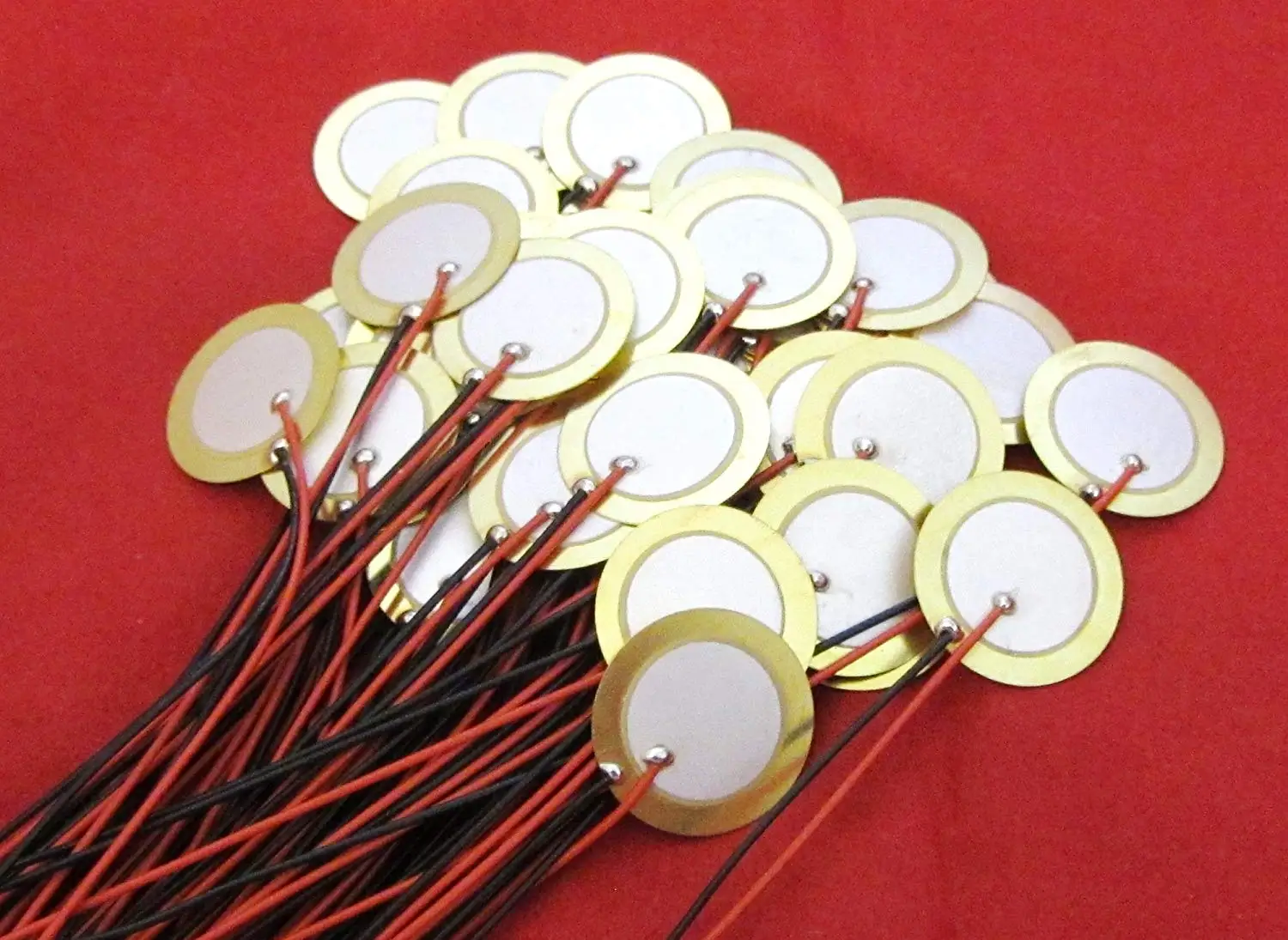
Where R describes the resultant wave, E describes the external signal and O describes the internal oscillator’s signal. They can usually only produce a sound of a constant frequency, however if supplied with an audio signal of varying frequency, then the resultant sound’s wave can be defined to be the product of the internal and external waves. As a result of this, they don’t need any extra control hardware or signals and simply supplying power to them will cause them to produce sound. They contain an internal oscillator circuit which automatically generates an audio signal (of constant frequency) when power is supplied to them.

They can be used to produce sounds of varying frequency, depending on the audio signal provided to them.Īctive buzzers, on the other hand, contain the some extra components along with the usual. This is because simply applying a voltage to them will change the shape once (producing a single “click”) and not have any change after that. Simply “switching them on” will do nothing more than produce a click sound.

Passive buzzers are regular piezo buzzers which only contain the bare minimum hardware (mentioned above) and need to be provided with an audio signal to generate a sound. Piezo buzzers are divided into 2 categories, namely active and passive. While all piezo buzzers are based on the same principle, not all of them are the same. Switching the voltage at different frequencies will cause sounds of different frequencies to be produced.Īfter applying voltage Different types of piezo buzzers (Active and Passive)

Depending on the magnitude of the applied voltage, the sound might be louder or fainter. When a voltage is applied to the ends of the piezo element, it deforms a set amount along with the metal plate, producing a sound. What is inside a piezo buzzer?Ī piezoelectric buzzer (or simply, piezo buzzer) consists of a thin metal plate with a flat piezoelectric element (often disc-shaped) on top of it. As a result I will be using them in this blog. They can be based on many different technologies, however, due to their lower costs, piezoelectric buzzers are the most commonly found ones nowadays. A buzzer (also called a beeper), is a simple device which produces sound when an electrical signal is passed to it. Lets get started! What is a buzzer?īefore we use a buzzer, it is necessary to understand what it is. This knowledge can be used in a whole lot of projects, including alarm clocks, playing songs etc.
#Intensity of piezo disc how to#
Yep, seems the path of least resistance at this point.Buzzers can be fun to use, and very useful too! In this blog, I will be showing how to use an Arduino along with a piezo buzzer to make sound, play different notes (using the tone function) and more. I think Mark called it correctly when he said "Just test them." I checked out some pages on Murata's site and the math is even thicker. The bullet, meh.Īlso like a lot other information out there on piezo it gets sciencey real fast. Like most information on this the concern seems to be with the noise created by the muzzle blast. There's plenty of information but correlating that to piezo sensors it another thing all-together. If you Google ballistic sound pressure data you'l find this It was just a sort of "Hey, I wonder if you could." thing.įor starters, the shockwave is a function ofĭistance (not to mention caliber). The hardware seems more problematic.Īsking about piezo sensors for supersonic ballistic measurements is probably a waste of time.
#Intensity of piezo disc full#
I was thinking piezo with parallel resistor through full wave bridge to Schottky-diode-protected Schmitt trigger to D flip-flop, adding amplification if necessary.Īt this point it looks like the code's the easy part - calculate velocity, display on LCD. Of course I'm under no illusion that a shock wave from a bullet carries this kind of energy.

#Intensity of piezo disc serial#
A simple test on the breadboard using a bridge rectifier produces a nice signal on the serial plotter by just tapping lightly on the piezo. Another latch signals END and the combined signals are XOR'ed to the UNO's ICP pin which will time the passage from one sensor to the other. Well, my idea of signal conditioning is to just set a latch for START to begin measurement on the passage of the bullet, assuming I can even do it, and thus ignore any ringing. The voltage dies out over time as the disk vibration stops. The piezo generates AC and you will have to take care of that and the high voltage that is more than just one cycle.


 0 kommentar(er)
0 kommentar(er)
